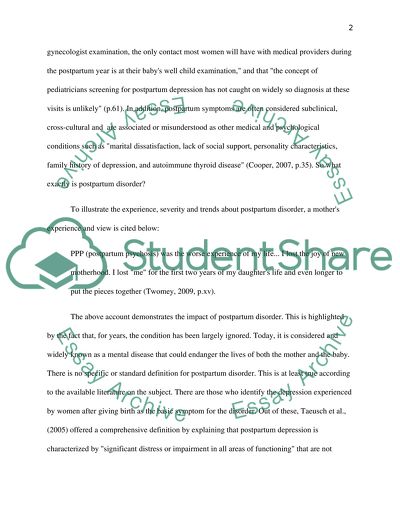Cite this document
(“Watson's Caring Theory on Postpartum Disorder Essay”, n.d.)
Watson's Caring Theory on Postpartum Disorder Essay. Retrieved from https://studentshare.org/nursing/1453116-application-of-nursing-theory-to-clinical-practice
Watson's Caring Theory on Postpartum Disorder Essay. Retrieved from https://studentshare.org/nursing/1453116-application-of-nursing-theory-to-clinical-practice
(Watson'S Caring Theory on Postpartum Disorder Essay)
Watson'S Caring Theory on Postpartum Disorder Essay. https://studentshare.org/nursing/1453116-application-of-nursing-theory-to-clinical-practice.
Watson'S Caring Theory on Postpartum Disorder Essay. https://studentshare.org/nursing/1453116-application-of-nursing-theory-to-clinical-practice.
“Watson'S Caring Theory on Postpartum Disorder Essay”, n.d. https://studentshare.org/nursing/1453116-application-of-nursing-theory-to-clinical-practice.


